Eras and Periods
Regency Period (1811 – 1820)
The Regency period began in 1811, when King George III was deemed unfit to rule Britain, and his son George, the Prince of Wales, took over as Prince Regent. It wasn’t until King George III died in 1820 that the Regency period ended.
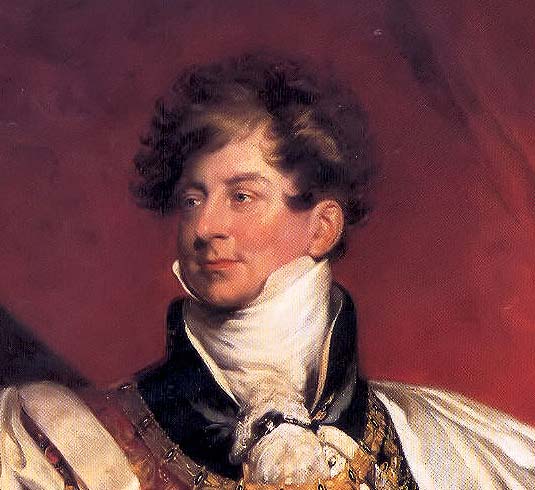
Prince Regent.
Late Georgian Period (1820 – 1830)
After King George III died in 1820, his son, the then Prince Regent, took over the throne as King George IV. King George IV died in 1830 and was succeeded by his younger brother, King William IV.
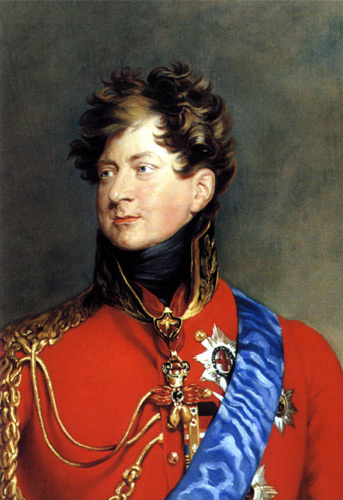
King George IV.
William IV Period (1830 – 1837)
William was the third son of King George III and the younger brother of King George IV. When King George IV died in 1830, William took the throne as King William IV and reigned until his death in 1837. He was then immediately succeeded by his niece, Queen Victoria.
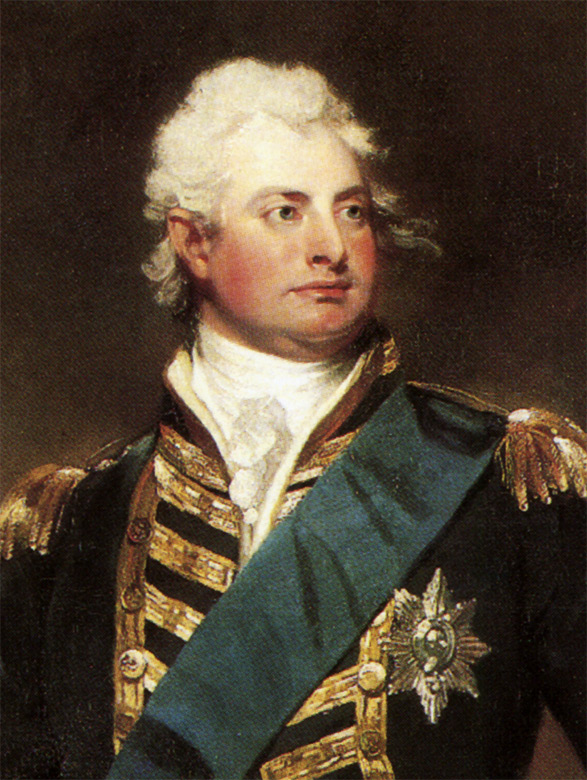
King William IV.
Victorian Era (1837 – 1901)
Queen Victoria took the throne in 1837 and ruled all the way until her death in 1901. Her 63 year and 7 month reign is referred to as the Victorian era.
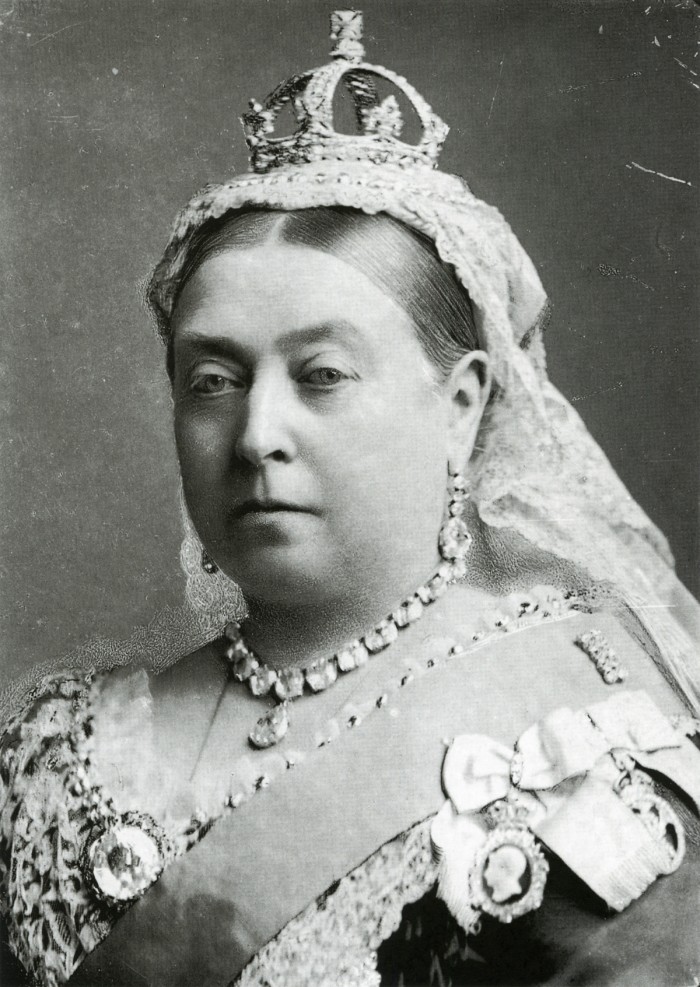
Queen Victoria.
Edwardian Era (1901 – 1910)
Queen Victoria’s son, Edward VII, took the throne in 1901, dying less than a decade later in 1910. However, the Edwardian Era is often used to refer to the period from 1901 up until the signing of the Treaty of Versailles in 1919.
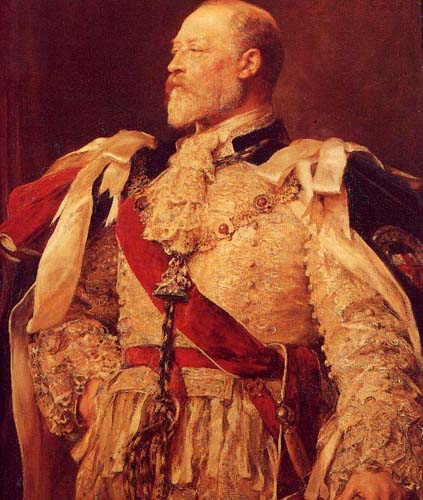
King Edward VII.
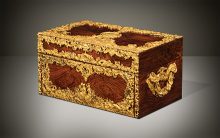 Price On Application
Price On Application